
To get the horse to focus attention toward the camera, it’s best to have an assistant make noises, such as clicking, whistling, snapping, or calling the horse’s name. We’ve found that horses love our gold reflector and are fascinated by a small hand mirror that we wave around to get their attention. Sometimes it helps to have the client walk the horse in a circle to keep the animal refreshed and attentive. You can tell if you have the horse’s attention and if it’s comfortable by the position of his ears. Horse lovers typically prefer the horse’s ears be pictured up and forward, which means the horse is alert and happy. Ears pointing back are usually a sign of anger. If the ears are moving in different directions, the horse is probably using them like radar to detect danger and is not comfortable or attentive to the photographer.
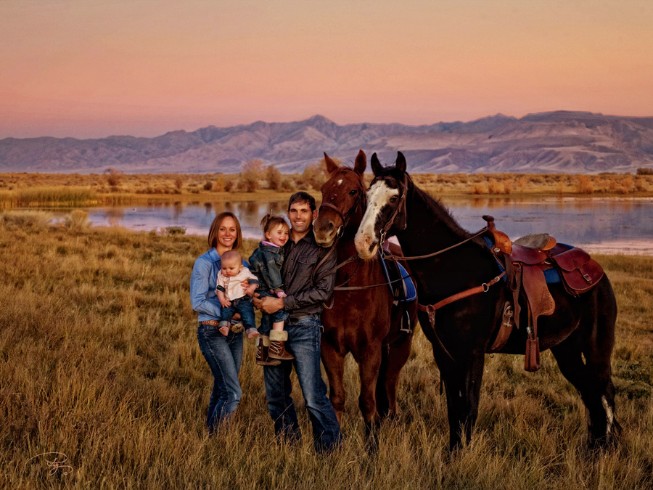
Keep the horse’s body at a 45-degree angle to the camera. If the horse faces the camera straight on, you’ll see only chest and shoulders. If the horse is sideways, its body will appear very long in the composition and distract from other elements.
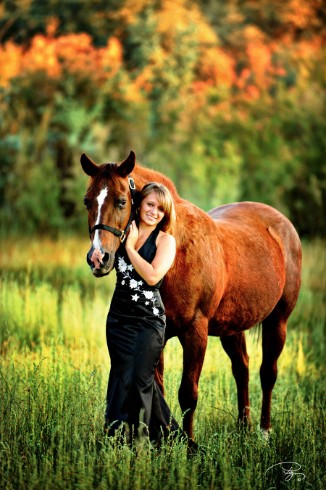
Ask the clients to use natural-colored leads and halters. Leather is the most pleasing in portraits. Bright colored leads can be distracting. Suggest that clients spend extra time with their horse before the photo shoots so the animal will be calm and relaxed. Ask clients to feed the horse before their session to curtail their bending heads, to eat the grass during the session. A hungry horse with its head in the grass is very difficult to photograph.

Always respect the power of the horse. Stay clear of the back end to avoid getting kicked. Keep a wide berth without becoming too distant. Pet the horse so your clients can see that you feel affection toward their beloved animal. It also helps build trust with the animal. Speak to the horse in a kind, medium tone. Be sure to use the names of both the horse and the client often while directing them into poses.
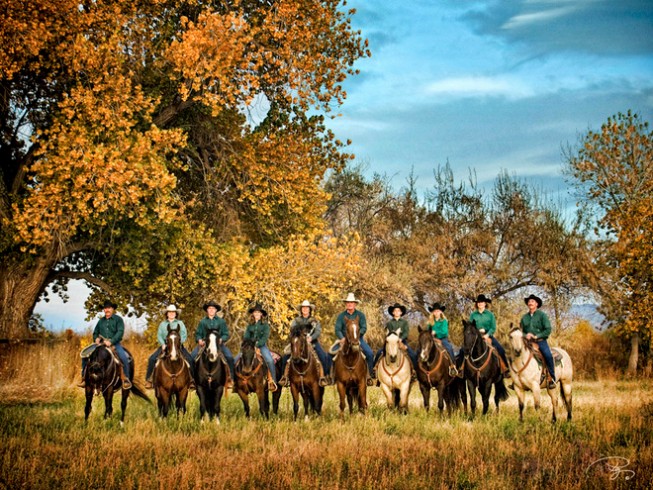
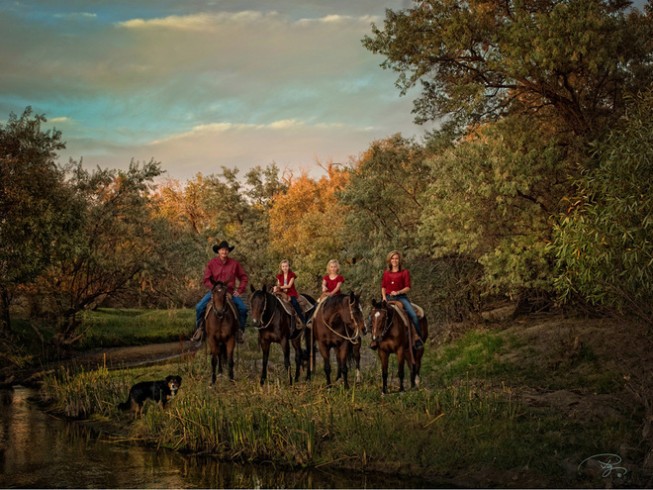
Adding other animals such as dogs can be cute, but it’s also taxing on the photographer. If you take on this challenge, make sure to bring extra help.
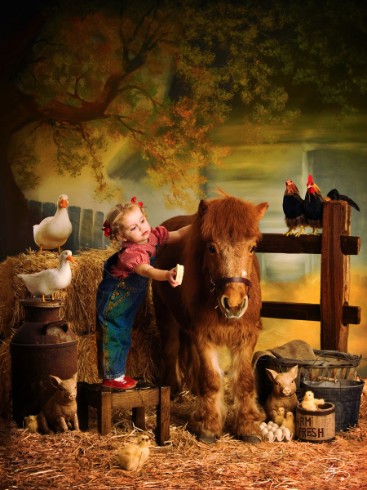
If you do a shoot with a client wearing an unusual material, be sure that the horse has been adequately introduced to it. For example, a frilly prom dress makes a different sound than things a horse is used to and can unsettle the animal. We once had a client get bucked off when the rustling sound of her prom dress startled her horse. Our client, luckily, landed on her feet!

Most of all, have fun and create a great experience for your clients. By sharing compliments and enthusiasm during the session, you’ll reap the rewards from horse.
Till next time,
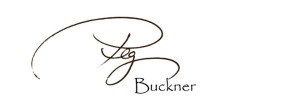
Peg Buckner M. Photog Cr.
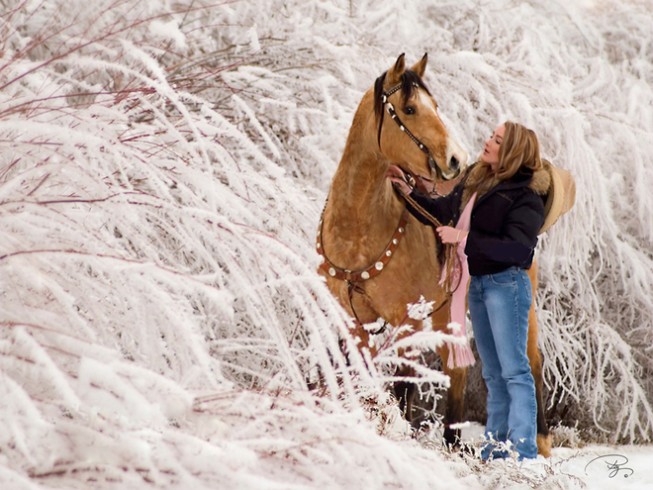
[spacer height="30" mobile_hide="true"]